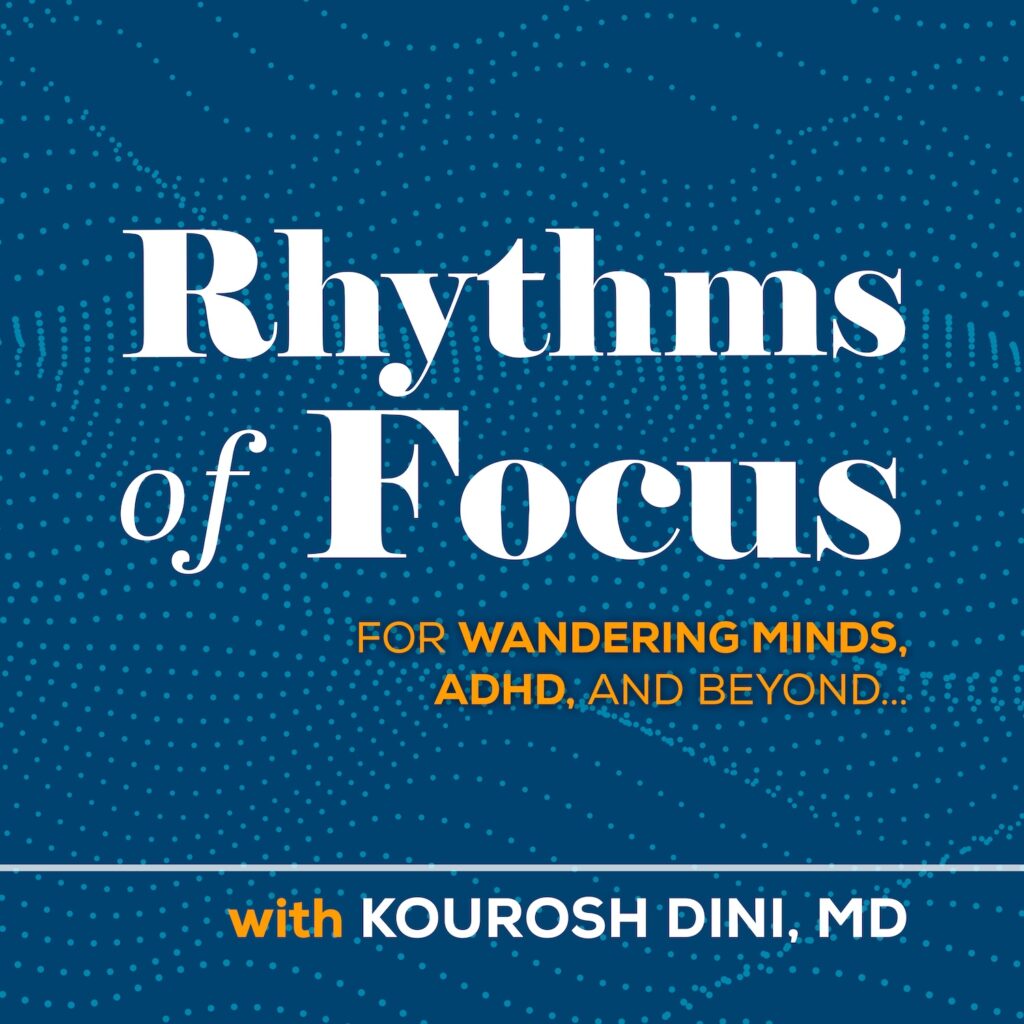The usual refrain of productivity is to get everything off of your mind. David Allen, author of Getting Things Done, usefully describes clarity of mind as both a measure of and a tool for building your system’s strength. The idea is that if you can get everything off of your mind with a genuine honesty with yourself, then you are free to focus deliberately with depth and detail.
However, the description misses half of our world, namely our internal world. You would think that ”focus” addresses it, but it only refers to the blip of consciousness that brings the rays of attention onto our working memory. There is still a vast ocean of not only excitement and concern, hopes and fears, but also those thoughts, skills, and knowledge we deliberately develop.
The mind is in motion, only the surface of which we can reflect on. It is on this surface, this place of working memory, where we can observe ideas and emotions to compare, contrast, and create.
Clearing this area of tasks and such is quite useful as Allen suggests. (See Creating Flow with OmniFocus). Even setting aside notes and ideas, developed over the years, for ready for retrieval can be quite powerful (See Taking Smart Notes with DEVONthink).
But it’s also important to practice holding things in mind. That’s how we exercise the brain, folding ideas into our intrinsic memory and rebuilding them when they go awry.
The reason why the internet is not a physician is that there needs to be an ability to think, to take information from disparate sources, weigh them in experience and present them from not only data, but also reflection and the clinical intuition that develops over years.
The reason why a therapist is not a program that repeats, “How does that make you feel?” is that practiced ability to engage in empathy, recognizing patterns upon patterns of developmental lines, some in common with others, and others completely unique. Bringing the summation of skills and knowledge into a well attuned and timed comment or even a raised eyebrow can make all the difference.
A musician practices until a distance between logic, emotion, and skill becomes non-existent, where feeling and a flow of notes are one and the same.
In some ways, productivity and mastery are actually the same, or at least a reflection of each other cast over the mirror of working memory. It’s only that the former shunts ideas into the external world, while the latter does so internally. A nice balance between the two can be found in Charnas’ Work Clean, where he considers the essence of a chef’s practice as:
“[working] with economy of time, space, motion, and thought.”[^1]
Mastery could be considered a path, a never ending journey of improvement, a notion I very much subscribe to. But, we can also describe it as Kenny Werner, author of Effortless Mastery, might — that it is about being able to do something well without thinking.
In fact, that is much of the substance of the brain:
“The more veridical the brain’s predictive model of the world, then the less surprise, the less salience, the less consciousness, the more automaticity, the better.”[^2]
The mind is a machine that captures surprise, novelty, and the problems of the moment, and attempts to solve them, midwifing them into automaticity. The more streamlined our solutions, the better we can act in the moment.
However, our solutions are not always correct. For example, when the echoes of our childhood attempts to solve problems create new disruptions in our present day, we might recruit the work of an psychoanalyst.
When we find ourselves making errors with our work systems, we might pay attention to them, reworking and rebuilding as necessary.
When I stumble on a flourish of piano notes that only the week before I thought I knew well, I must return to a deep breath and a slower pace to gently parse the phrase and reweave its spell into my fingers.
In other words, whatever “it” is, be that of productivity, mastery, or otherwise, it is not always about externalizing. Nor are we ever done. The work is about re-engaging to continually master and remaster our environments, our tools, and ourselves.
_________________________
[^1]: Charnas, Dan. Work Clean: The Life-Changing Power of Mise-En-Place to Organize Your Life, Work and Mind. UK: Penguin Random House, 2016. P13
[^2]: Solms, Mark. “The Conscious Id.” Neuropsychoanalysis 2013, no. 15 (n.d.): 5–19.







